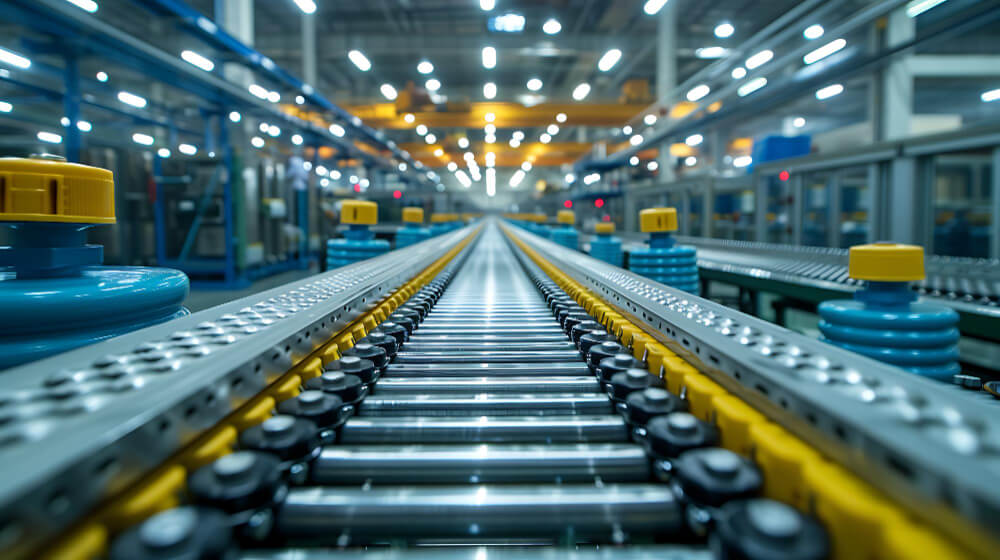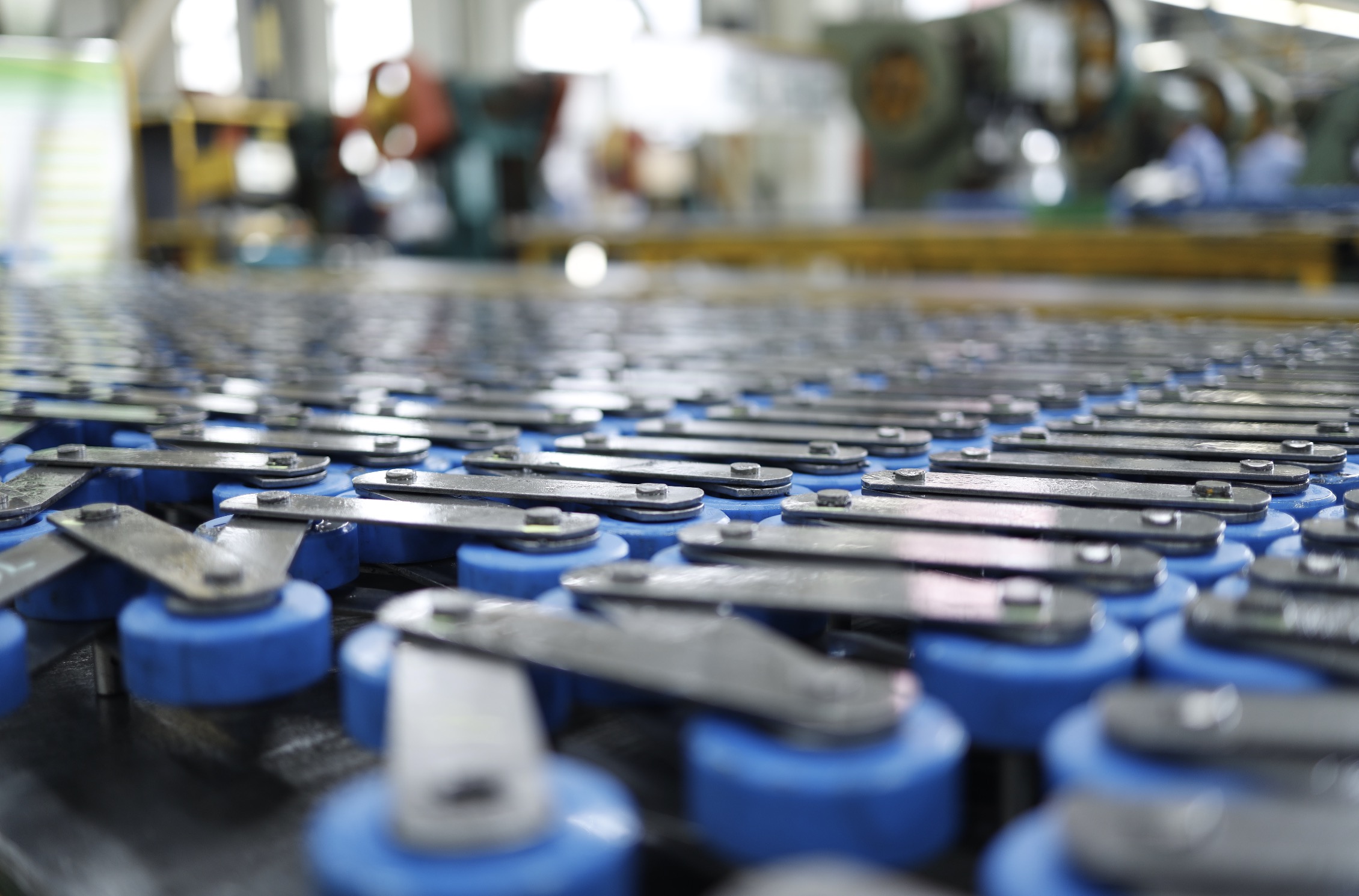Conveyor chains are the backbone of material handling systems in different industries. As technological advancements continue to shape the world, conveyor chain design and drive systems are poised for exciting developments.
What are the future trends of conveyor chains? The future of conveyor chains includes enhanced design, innovative drive systems, and automation and connectivity.
1. Enhanced Conveyor Chain Design
In the coming years, conveyor chain design is expected to undergo significant improvements. Here are some key trends to watch out for:
- Lightweight Materials
The use of lightweight materials, such as advanced polymers and composite alloys, will reduce the weight of conveyor chains while maintaining their strength and load-bearing capacity. This will lead to improved energy efficiency and lower operational costs.
- Modular and Flexible Configurations
Conveyor chains will feature modular designs that allow for easy customization and reconfiguration according to specific application requirements. These flexible configurations will enable industries to optimize their material handling processes and adapt to changing production demands.
- Advanced Coatings and Surface Treatments
Conveyor chains will incorporate advanced coatings and surface treatments to enhance their resistance to wear, corrosion, and friction.
2. Innovative Conveyor Chain Drive Systems
The drive systems of conveyor chains are evolving to offer higher efficiency, precision, and control. Here are some emerging trends in conveyor chain drives:
- Electric Drive Systems
Electric drives are gaining popularity as they offer superior control over speed, acceleration, and deceleration. They provide precise positioning and allow for seamless integration with automation and control systems.
- Variable Frequency Drives (VFDs)
VFDs enable the optimization of conveyor chain speed and torque, allowing for efficient handling of varying loads and reducing power consumption. These drives provide flexibility in controlling conveyor operations, leading to improved productivity and overall system performance.
- Integrated Sensors and Monitoring Systems
Future conveyor chain drive systems will incorporate advanced sensors and monitoring technologies. These systems will provide real-time data on chain tension, temperature, vibration, and lubrication levels.
3. Automation and Connectivity
The future of conveyor chains lies in their integration with automation and connectivity technologies. Here’s how these trends will shape the industry:
- Industry 4.0 Integration
Conveyor chains will be seamlessly integrated into Industry 4.0 concepts, enabling smart factories and intelligent material handling systems. Through connectivity and data exchange, conveyor chains will interact with other equipment, allowing for real-time adjustments, predictive maintenance, and efficient production flows.
- Artificial Intelligence (AI) and Machine Learning
AI and machine learning algorithms will be applied to conveyor chain systems to optimize performance, detect anomalies, and predict maintenance needs.
- Robotics and Autonomous Systems
Conveyor chains will work in tandem with robotic systems. Together, they will enable the automation of material handling and sorting. This integration will enhance productivity, reduce manual labor, and improve workplace safety.
As industries embrace these trends, conveyor chains will continue to play a huge role in streamlining material handling processes and driving productivity in various sectors.
Ready to explore the future of conveyor chains? Contact Universal Chain for a consultation!


